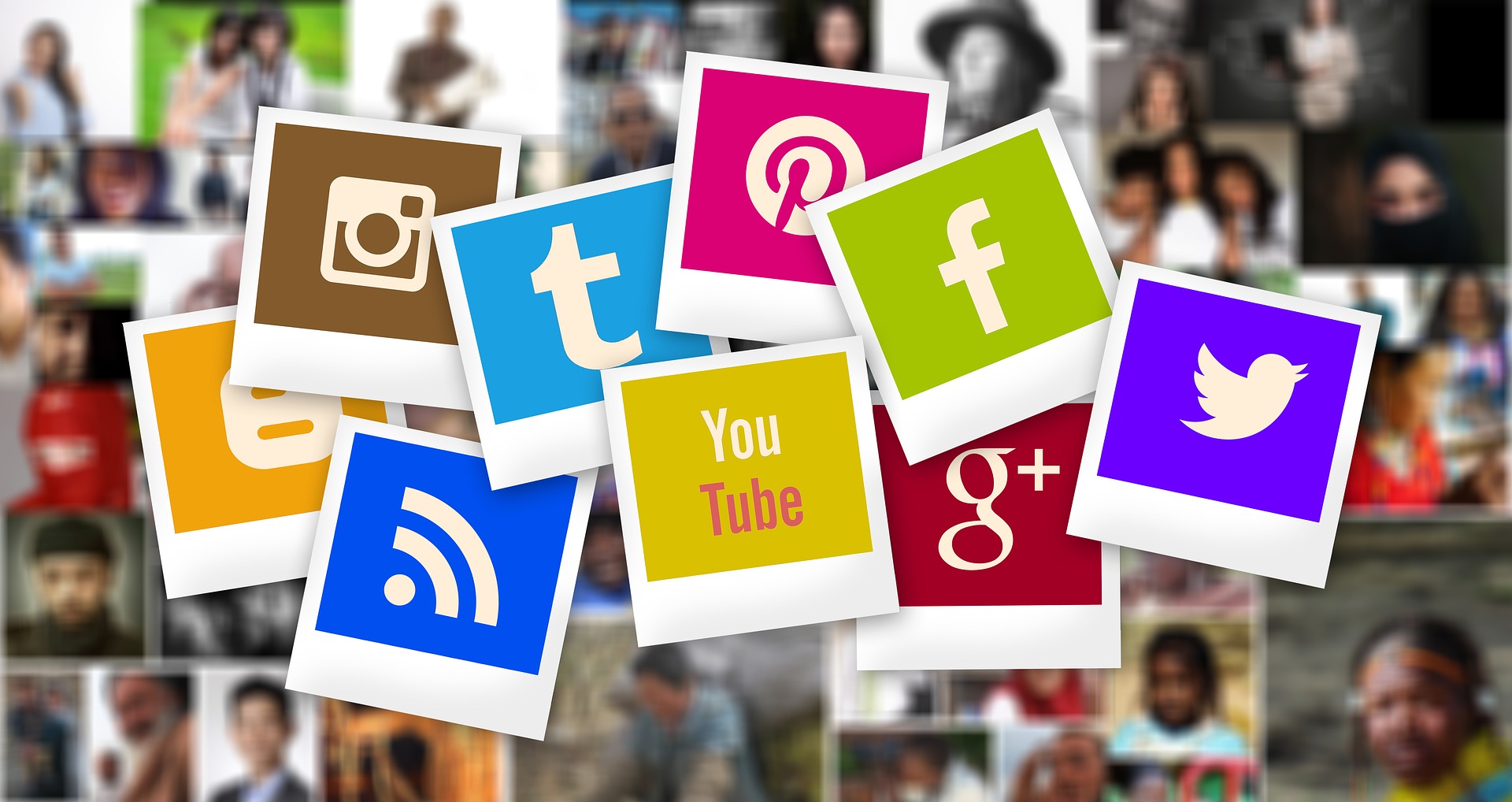In B2B public relations, there’s a lot of talk about thought leadership. Agency teams promise client executives that they’ll be positioned as thought leaders, we throw the term into proposals, and we call our content “thought capital.” Granted, good executive content is a very useful component of a B2B PR program, but that doesn’t necessarily make the author a thought leader. They might be an expert, which is a fine thing, or a business leader, which is terrific, or even a brilliant and charismatic speaker.
So, what’s magical about thought leadership?
“Expert” or “authority” just aren’t good enough, and “pundit” can hit the wrong note. It was an economist, Joel Kurtzman, who is actually credited with popularizing “thought leadership” in business circles. Kurtzman, who died in 2016 and also coined the term “economic headwinds,” was clearly a thought leader in his own right.
So, what separates mere experts from thought leaders? As business professor and author Dorie Clark says, the emphasis here is on “leader.” Lots of us have interesting or provocative thoughts, but the delivery and amplification of such concepts is critical. Maybe that’s why we PR people just can’t stop talking about it.
In my view, true thought leadership is typically a blend of insight, inspiration, and influence. The good news is, it can be easier to grab attention for leading insights during a time of disruption, when specific audiences like customers or employees are hungry for new ideas or solutions to problems. That describes the present, of course. And today’s digital media environment, which makes building virality easier than ever, also comes into play. Now is a great time to be a thought leader.
How thought leaders are made
How does that happen? One way to be a thought leader is to be first with a striking new concept or insight, like digital marketing guru Seth Godin, or the person I think of as his latter-day counterpart, Gary Vaynerchuk. We see it in first-mover companies as well. Look at Salesforce, which pioneered modern CRM, or Starbucks, which Americanized the concept of cafe culture in the 1990s. In the spirit of thought leadership about, well, thought leadership, here’s my adapted list of qualities common to people and brands who qualify.
Key traits of thought leaders
They talk about ideas
The young U.S. president John F. Kennedy was a thought leader when he rallied Americans to put a man on the moon, and in fact, the term “moonshoot” has been used to express an idealistic goal ever since the first Apollo moon landing. In Kennedy’s day, it wasn’t a new concept, but it captured the public imagination and was a metaphor for American ingenuity, competitiveness, and idealism. It’s interesting to see space travel adopted as a personal and business mission by billionaires Bezos, Musk, and Branson today, although I’d say their “moonshots” fall well short of Kennedy’s example. But the fact remains that true thought leadership is about ideas that demand attention from relevant audiences, that spark inspiration and discussion, and that can lead to new ways of thinking about and achieving our goals.
They’re specialists
Most thought leadership arises from deep expertise, usually the result of immersion in a singular area. Many experts cement their reputation in a vertical area, then apply their ideas more broadly. It may be less about answering the obvious questions (“How to unify our country?) than it is about asking a different and more specific one (“What are the things we dream of doing but have not done?”). Expertise comes from immersion in a narrow area, and most PR people will agree it’s easier to differentiate ideas when they are specific.
They’re bold
Many true thought leaders are naturally contrarian. If that tendency to zig when others zag is authentic, it can offer a quick route to recognition. The quintessential example is Steve Jobs, who took risks by rejecting market research and other conventions of product development. Of course, Jobs reportedly took his inspiration from Henry Ford, who is rumored to have said, “If I had asked people what they wanted, they would have said faster horses.” A true visionary follows his own path.
They’re hopeful
I don’t think personal optimism is necessary to an effective idea or leadership platform, but people will naturally respond well to a concept that offers hope. Part of inspiration is to offer a path to progress, particularly in a dynamic, troubled, or rapidly transforming industry where stakeholders feel uncertain or if they fear change. That’s one reason why Vaynerchuk, who transformed from a social-media wine expert to a business leader after the 2008 downturn, achieved such startling success. He offered advice to recession-battered strivers on how to take advantage of social and digital media to pivot away from traditional jobs and create new-economy gigs.
They’re different
True thought leadership is unique and ownable. That sounds daunting, but differentiation can come down to a twist in an existing idea, or the juxtaposition of two seemingly dissimilar things. Which is where the packaging and communication of a single, coherent and well-articulated thought are critical.
How they get the message out
Even the most inspiring idea is only as good as its delivery. How can true thought leaders start an authentic conversation around their message? This is where the PR and digital marketing magic kick in, — or so we hope. But in addition to a sound communications strategy, targeted audiences, and quality content, message differentiation and amplification here are key.
Package the idea
Often an idea or trend has grown up around us, but we haven’t noticed it and have no language for identifying or discussing it. Malcolm Gladwell had some excellent and insightful observations about the spread of ideas and memes, and they were truly original. But it was only after he packaged his observations under a label borrowed from epidemiology that “the tipping point” was born.
Build a community
According to Dorie Clark, the first step here is in building a network of receptive and knowledgeable people who will listen to the idea. That network, which typically combines business and personal contacts but may extend deeply into a given industry, serves to plant the seeds for conversation. If properly nurtured, it will grow into a group of advocates and eventually, propelled by digital and social platforms, a community. Good leaders will listen to that community. After that, things become like a boulder running downhill; an idea generates its own momentum.
Be generous
An idea at the right time has its own momentum, it’s true. That means you can’t own it. Thought leadership isn’t about profiting from ideas or selling products. Instead, it’s about sharing credit, encouraging reaction and discussion, and building a community around the central concept. Thought leaders literally give it away, but the rewards of their work include public recognition, deeper relationships with customers, and an invaluable platform for continued business growth.









